Concealed Carry Lessons: How Much Does Gear Really Matter?
Tom McHale 01.02.19
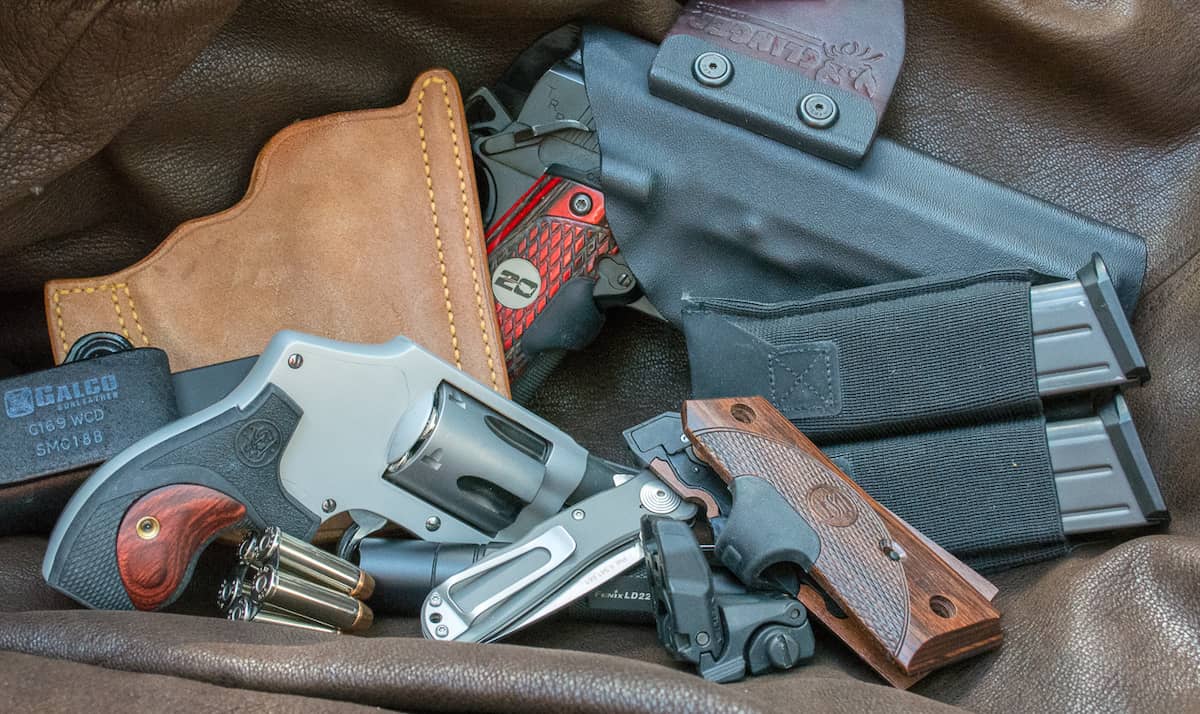
We tend to get all worked up about the details of gear and ammo decisions, but where do those rank in the overall pass / fail results of effective self-defense? After carrying a gun daily for a couple of decades and taking more classes than an aspiring plastic surgeon to the stars, a couple of things have penetrated my thick skull.
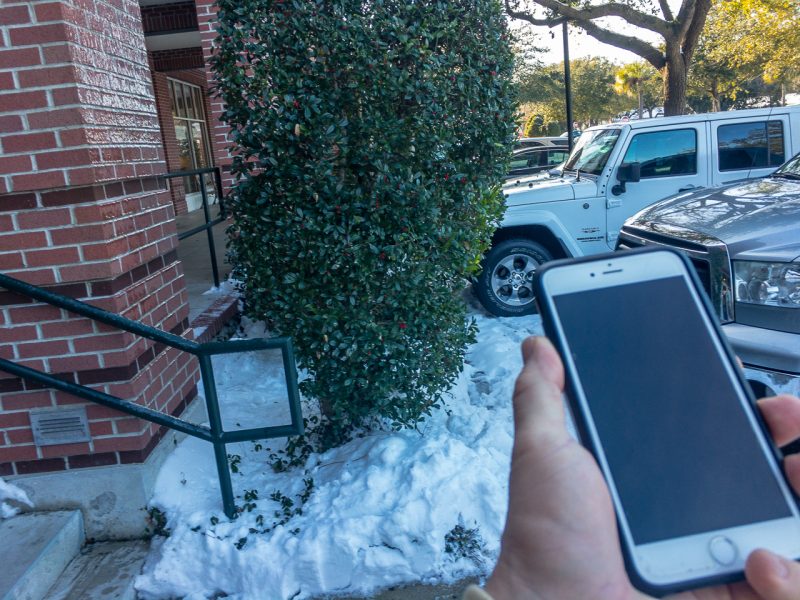
Having a gun can be the least important factor
Too many new(er) concealed carriers have a grossly inflated sense of invincibility, or stated differently, a dangerous false sense of security. This assumption makes sense on the surface.
“Hey, I’ve got a gun. If I ever end up in an unavoidable dangerous situation, I’ll just use it and everything will be fine.”
That seems like a sound plan until you think through details. Consider a few hypothetical situations and with each, be honest with yourself about whether “having a gun” would have helped you.
You’re standing in line waiting to buy a Monster Energy Drink one Monday morning on the way to work. There’s someone in front of you and someone else behind. You’re checking the news on your phone. Suddenly, the guy behind you has a gun out and is screaming for everyone to get down and demanding money from the cashier. Did simply having a gun help you?
You’re sitting in the passenger seat of a car at the gas station. Your spouse went inside to buy something while you wait. You’re replying to a quick email message on your phone. Suddenly, a gun with a gun jumps in the driver’s seat and tells you he’s studying to be a professional carjacker. Did simply having a gun help you?
You’re sitting in a movie theater taking in the latest re-make of some movie that’s already been released a dozen times before. You’re absorbed in the film and wondering why they can’t seem come up with new movie storyline ideas. Suddenly, the person sitting directly behind you jumps up and starts shooting. Did simply having a gun help you?
You get the idea. While I presented these as hypothetical scenarios, each is very real. What should be obvious is that just “having” a gun may not have helped one single bit in any of these situations. The actions of being observant to your surroundings and keeping your nose out of your cell phone can be far more impactful to your safety than simply “having a gun.”
Movement matters
People argue about the real meaning of the “Tueller Drill.” Technically, it wasn’t even a drill but rather an observation based on the distance an average male can cover in the 1.5-second time it takes to draw and fire a handgun. The idea is simple: an attacker can travel 21 feet, give or take, before you can evaluate, draw, aim, and fire. We can argue about the details of what Tueller intended, but the point is clear and very much related to our first learning above.
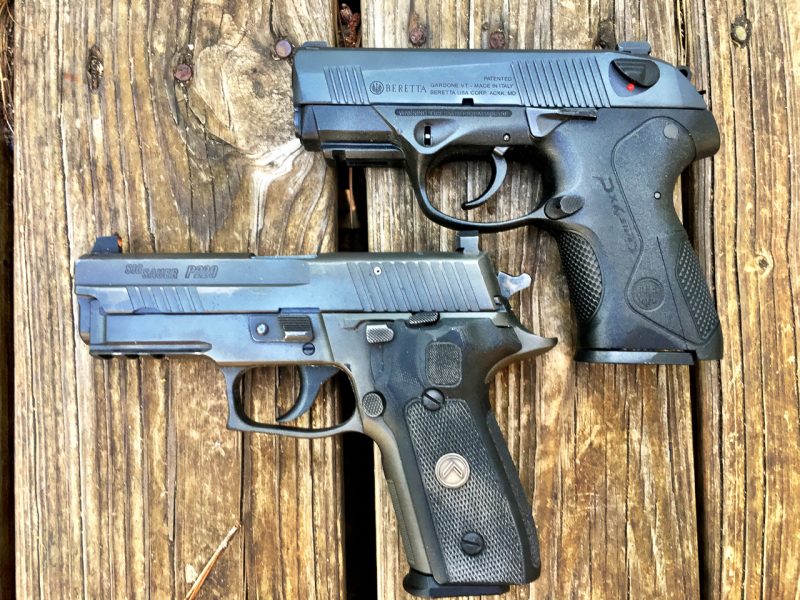
If someone with ill intent is within 20 or 30 feet of you, and you’re not paying attention, they can likely get to you and start doing whatever it is they planned before you can respond. That’s assuming you’re standing still throughout the process. Now think about moving backward as soon as you realize an attacker is coming your way. They’ll still be able to run faster forward than you can move backward, but you’re adding time and distance, so they’re getting closer to you at a decreasing rate. The net-net is this. You add time by moving away – to either side or straight back. That time allows for evaluation, decision making, and action if warranted.
If you want to see your own “reactionary zone” and you have access to an outdoor range, try this. Face the target and have a buddy stand next to you facing AWAY from the target. Tell them to run AWAY from the target (not in front of you!) whenever they feel inspired. When you see them move, draw your gun and fire at the target. Your buddy stops when they hear the gun shot. At this point, your track star friend will be somewhere way behind you, probably much farther away than you imagined. The distance is just a simple illustration of your potential danger zone.
Next, put the guns away and have them run towards you from the same distance. Only this time, you move backward as you see them coming your way. Notice how much more time it takes for them to reach you. Even if you can only move sideways, that helps as your attacker has to react and change direction, which buys you more time. That’s the value of movement – time and distance.
Make no mistake, if attacked, you’re still starting from a losing position, but you’re at less of a disadvantage if you move than if you stand there hoping to resolve the attack in your favor just because you have a gun.
Bigger is better
Micro guns sure are convenient but that comes at a price. Tiny guns are easy to carry but harder to shoot well, especially under stress. With less to hold on to and a short sight radius, getting hits on target from even 10 or 15 yards away can be a real challenge when things are moving fast.
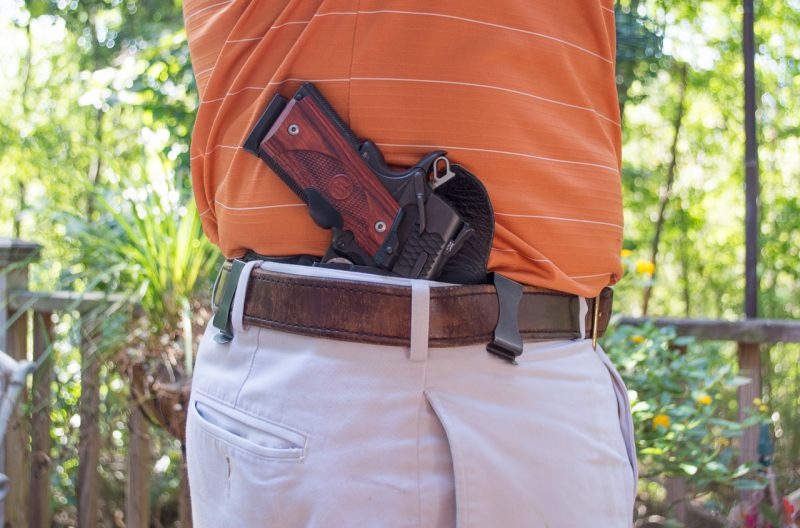
Much of the desire for subcompact pistols comes from the common assertion that, “I can’t conceal a larger gun.” Hogwash. It’s a matter of willingness to make it work. Most people can conceal a full-size 1911 if they put their mind to it and make some dress code adjustments. Are there workplace dress code issues that make it more challenging? Sure. Is it impossible? Nope.
I certainly won’t argue that it’s more convenient to conceal a pocket-sized pistol, but it’s certainly not impossible to carry something more hand-filling. I’m not advocating that everyone rush out and figure out how to conceal a full-size pistol. What I am saying is that there’s a lot to be gained by finding a mid-sized gun you can shoot with confidence and then choosing a concealment strategy that will make your handgun choice work. The potentially life-saving factor is how well you can operate your defensive pistol under stress, not how convenient it is to conceal. Choose the gun first based on performance factors then create a supporting concealment strategy.
Home practice might be the most valuable thing you can do
Most people don’t have access to ranges that allow real training activities like shooting and moving, drawing from a holster, or even rapid-fire drills. No worries, one of the best way to improve skills in these areas requires no live ammo at all.
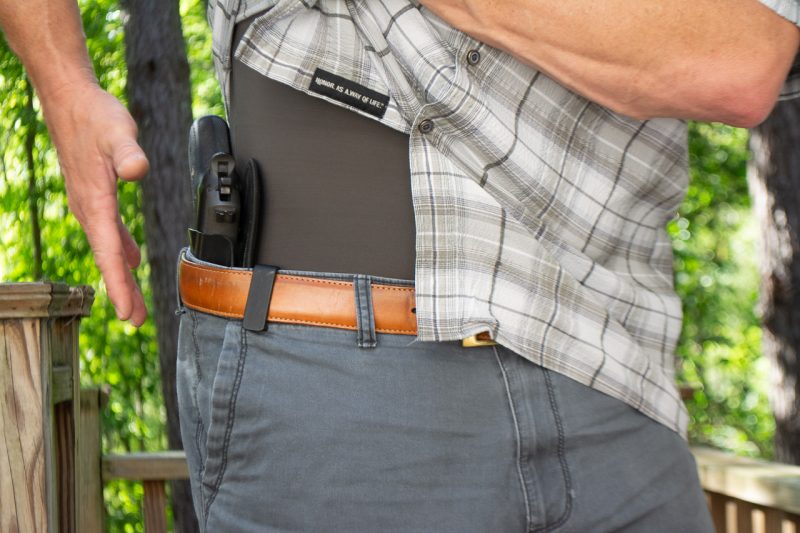
You can dramatically improve your trigger skills with a few minutes of dry fire practice per day. I guarantee that if you allocate some time to dry fire that your “live fire” shooting will improve dramatically. Work on some trigger presses with a two-hand grip, strong-hand hold, and support-hand only posture. It’s not exciting stuff, but it’s the single best investment of time to improve your accuracy.
Guess what else you can do at home? You can practice reloading (empty!) magazines. You can practice dry firing while moving. You can practice drawing from a holster. You can practice moving backward or sideways while drawing. The list goes on and on. Just be safe about your practice sessions and use triple-verified unloaded guns and put your ammo away elsewhere.
We tend to get all wrapped up in decisions about what gun or ammo to use for defensive concealed carry. Sure, you need equipment that will work reliably, but the real factors that might help save your life often have little to do with gear decisions.

